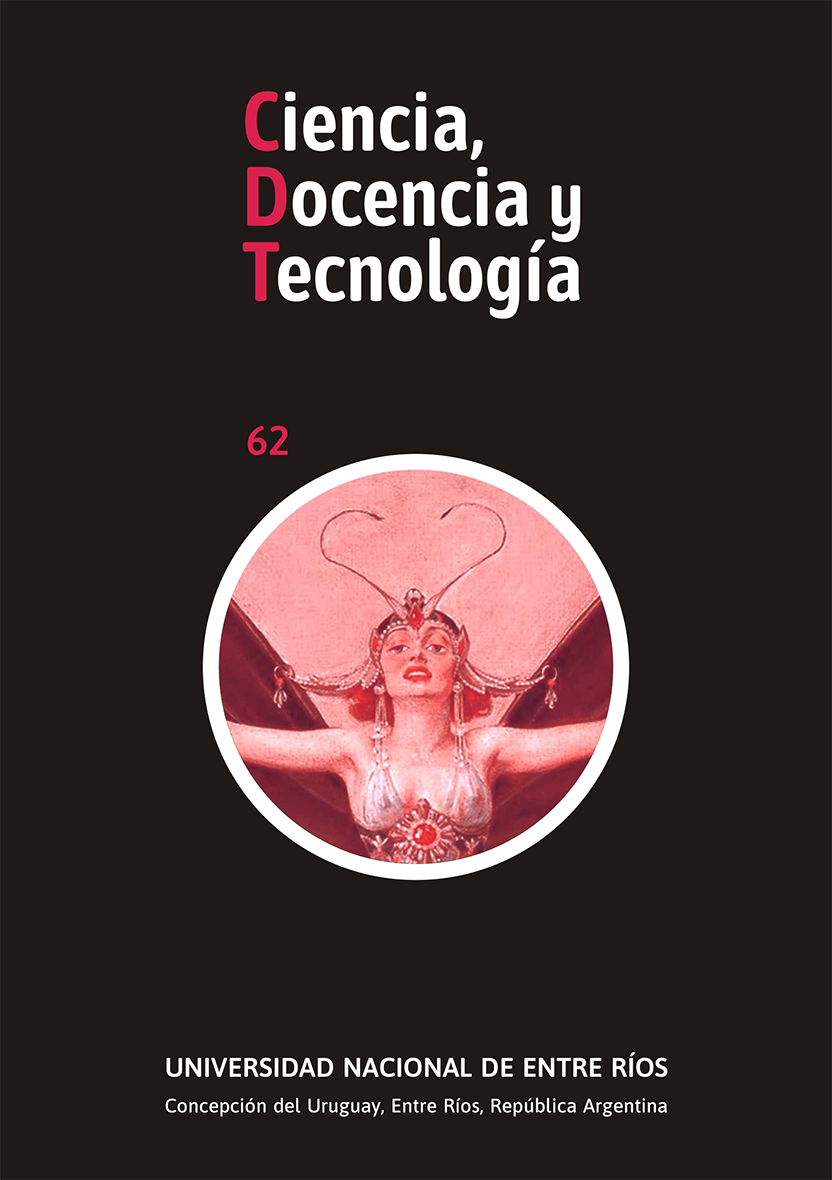Abstract
This paper explores high school internships during the COVID pandemic. For this, a survey (n: 623) and interviews with 40 students and teachers from Buenos Aires were carried out. Among the results, the tensions produced are evident, from the difficulties of equipment and connectivity in schools with a larger population of popular sectors, to anxiety and depression in students and burn out in teachers, parents. Beyond difficulties and uncertainties, students value teaching effort and miss attending school as a space for meeting and sociability. They also demand an update of content and a greater inclusion of computer knowledge that is useful to them. Among the conclusions, it is argued that the school articulates fundamental coordinates around the construction of citizenship, beyond a certain gap with certain cultural practices that predominate in the 21st century.
References
ADROGUÉ, C. y Orlicki, M. (2020). Acceso y uso de las tecnologías de la información y comunicación (TIC) en la escuela secundaria en diferentes contextos socioeconómicos en Argentina. Praxis Educativa, 24 (3), 1-12. DOI: 10.19137/praxiseducativa-2020-240308
ALIATA, S. et al. (2020). Informe: La Educación Intercultural Bilingüe en Chaco y Misiones frente a la pandemia del COVID-19. Disponible en: https://www.conicet.gov.ar/wp-content/uploads/Informe-EIB-en-contexto-COVID-19.pdf
ARMELLA, J. (2016). Hacer docencia en tiempos digitales. Un estudio socio-pedagógico en escuelas secundarias públicas emplazadas en contextos de pobreza urbana. Estudios Pedagógicos, 42 (3), 49-67. DOI: 10.4067/S0718-07052016000400003
BENÍTEZ LARGHI, S. (2020). La construcción de habilidades digitales estudiantiles en torno al Programa Conectar Igualdad. Ciencia, Docencia y Tecnología, 31, 131-154. DOI: 10.33255/3160/581
BURBULES, N. (2012). El aprendizaje ubicuo y el futuro de la enseñanza. Encounters/Encuentros/Rencontres on education, 13, 3-14.
CIPPEC (2020). ¿Cuál fue la respuesta del sistema educativo argentino ante la pandemia? Disponible en: https://www.cippec.org/textual/cual-fue-la-respuesta-del-sistema-educativo-argentino-ante-la-pandemia
COORDINADORA DE ESTUDIANTES SECUNDARIOS Y FAMILIAS POR LA ESCUELA PÚBLICA (2020). Investigación sobre educación durante la pandemia. Disponible en: http://www.psocialista.org/educacion-virtual-como-la-perciben-les-estudiantes
DUSSEL, I. (2017). Las tecnologías digitales y la escuela: ¿tsunami, revolución o más de lo mismo? En Montes, N. (ed.), Educación y TIC. De las políticas a las aulas (pp. 95-122). Buenos Aires: Eudeba.
ENRIZ, N. y otros (2020). Cómo afecta la pandemia de COVID-19 a la educación en comunidades indígenas. Disponible en: https://www.conicet.gov.ar/como-afecta-la-pandemia-de-covid-19-a-la-educacion-en-comunidades-indigenas
GVIRTZ, S. y Larrondo, M. (2007). Notas sobre la escolarización de la cultura material. Celulares y computadoras en la escuela de hoy. Teias, 8 (15-16), 1-10.
HERNÁNDEZ-HORTA, I.; Monroy-Reza, A. y Jiménez-García, M. (2018). Aprendizaje mediante juegos basados en principios de gamificación en instituciones de educación superior. Formación Universitaria, 11 (5), 31-40. DOI: 10.4067/S0718-50062018000500031
HOLGUÍN, F.; Holguín, E. y García, N. (2020). Gamificacion de la enseñanza de las matemáticas: una revisión sistemática. Telos: Revista de Estudios Interdisciplinarios en Ciencias Sociales, 22 (1), 62-75. DOI: 10.14201/teri.20625
ORTIZ-COLÓN, A.; Jordán, J. y Agredal, M. (2018). Gamificación en educación: una panorámica sobre el estado de la cuestión. Educação e Pesquisa, 44.DOI: 10.1590/s1678-4634201844173773
KRISCAUTSKY, M. (2014). Seleccionar información en Internet. Problemas y soluciones de los nuevos lectores ante la confiabilidad de las fuentes digitales de información. Tesis doctoral, DIE-CINVESTAV.
TRENSITY (2020). Informe sobre brecha digital. Disponible en: https://www.trendsity.com/brecha-digital-y-las-nuevas-desigualdades-que-se-incrementaron-como-consecuencia-de-la-pandemia
TÓFALO, A. (2016). Aprender 2016. Acceso y uso de TICS en estudiantes y docentes. Disponible en: https://www.argentina.gob.ar/sites/default/files/acceso_y_uso_de_tic_en_estudiantes_y_docentes.pdf
UNICEF (2020). Encuesta COVID. Disponible en: https://www.unicef.org/argentina/media/7866/file
ZEPEDA-HERNÁNDEZ, S.; Abascal-Mena, R. y López-Ornelas, E. (2016). Integración de gamificación y aprendizaje activo en el aula. Ra Ximhai, 12 (6), 315-325.

This work is licensed under a Creative Commons Attribution-NonCommercial-ShareAlike 4.0 International License.
Copyright (c) 2021 Joaquin Linne

